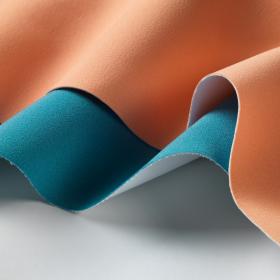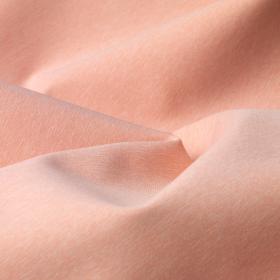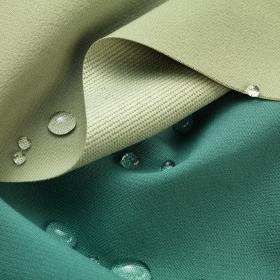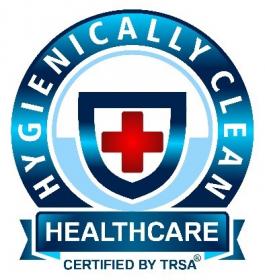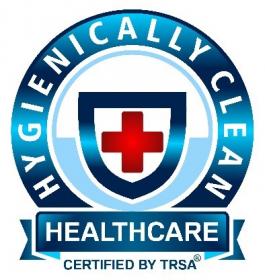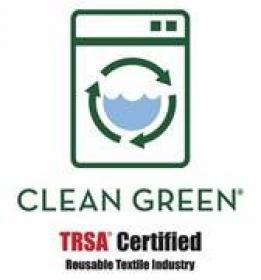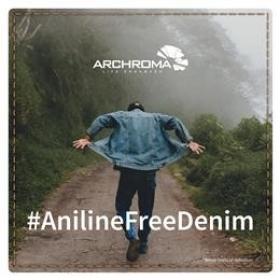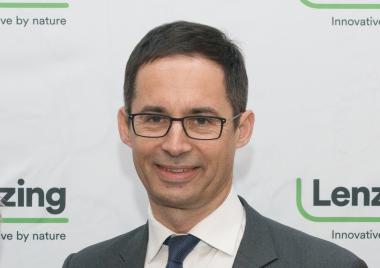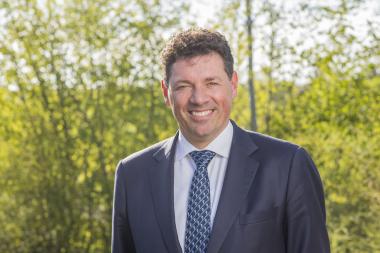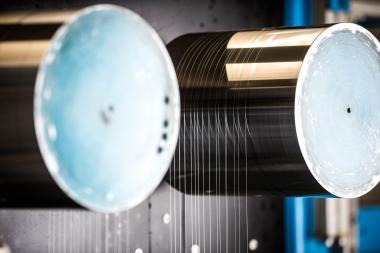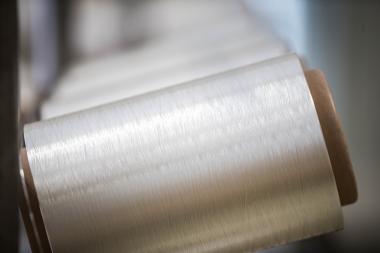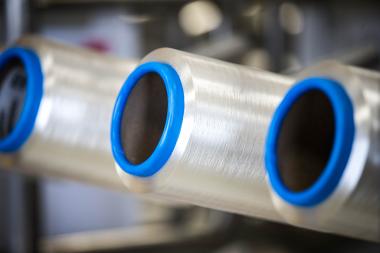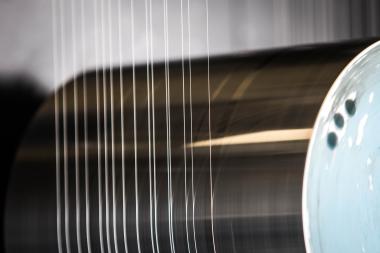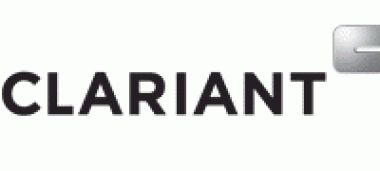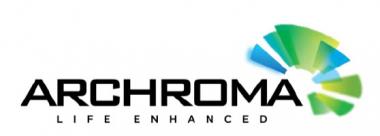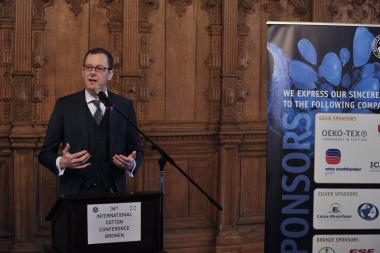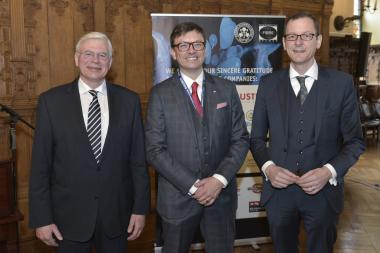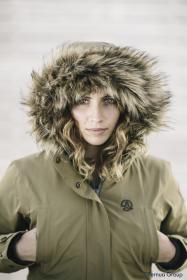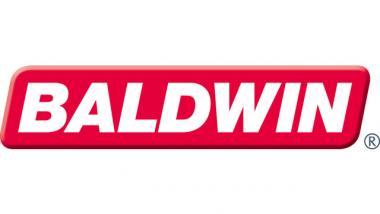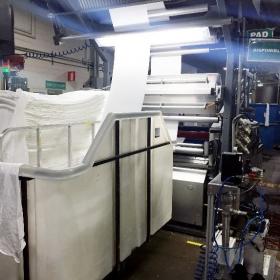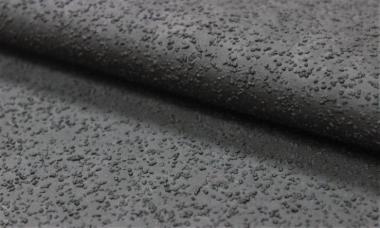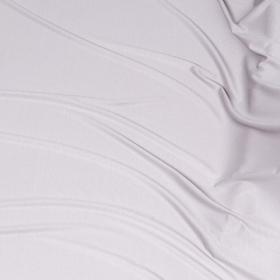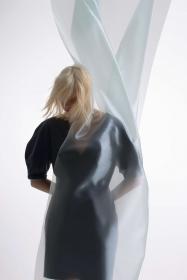Schoeller: sustainability for textiles and technologies
For Schoeller Summer 2020 everything flows smoothly. The fabrics move with a fluid lightness in a closed ecological cycle. Upcycled products with ECONYL® yarn and the PFC-free ecorepel® Bio technology based on renewable raw materials are two ecological highlights of the 2020 Summer Collection, which is being developed and produced in the heart of the Swiss mountains. Color effects turn the functional textiles into exciting multicolors with contrasting reverses and fresh, modern plain colors that can easily be combined.
REGENERATED ECONYL® YARN
The textiles manufactured by Schoeller using ECONYL® yarn made from regenerated material are genuine upcycled products. The ECONYL® Reclaiming Program of Aquafil S.P.A. reduces global waste by collecting recyclable materials from landfill sites and the world’s oceans and returning them into the production cycle. The resulting yarn is no different from conventional textiles in terms of quality and appearance. The Schoeller fabric family with ECONYL® yarn encompasses a complete package with diverse exciting qualities such as ultra-light, bi-elastic schoeller®-dynamic (e.g. for windbreaker blousons), very soft, fine schoeller®-dryskin (e.g. for high-tech shorts) and lightweight schoeller®-WB-400.
ECO-CREATED
New, supersoft soft-shells with ECONYL® yarn are available with different backings and weights depending on the situation. The lightest schoeller®-WB-400 radiates a sense of summer in fresh tones such as melon, oxygen blue or khaki with a smooth jersey reverse in contrasting colors, also made from ECONYL® yarn. A slightly heavier quality surprises in classic black with an elegant, navy blue reverse, while the Bordeaux nuance of the soft-shell with its brushed reverse in stone grey feels warm, soft and cozy. The fluorocarbon-free ecorepel® bio-technology, based on renewable raw materials, offers sustainable water repellence.
WHITE MATTER
The dominant features of summer 2020, alongside sustainable textiles and technologies made from natural materials, are inspired multicolors. The comfortable, multicolored schoeller®-WB-400 qualities produce completely new color effects and create a cheerful look – both for outdoor activities and in urban sportswear. The combination of melon, ocean green and stone grey with white changes the mood of the original colors and lends the textiles an unexpectedly chalky, summery look. Another striking feature is the lightweight, white jersey backing, which is only revealed at second glance.
AUGMENTED ORIGINALS
The presentation of the authentic schoeller®-dynamic qualities is no less lively, ranging from mossy green tones and blue nuances through to the brown variations of tree bark. The multicolors combine perfectly with plain fabrics and are impressively functional thanks to the PFC-free ecorepel® bio-technology, which also provides reliable water repellence. The basic qualities of the lightweight schoeller®-dryskin trousers and jackets are given a touch of elegance in the form of a discreet sheen and fashionable colors. In soft blues and greens, these supple all-rounders are highly wear resistant and offer ideal moisture management through the microfibers on the inside. They also feature ecorepel® bio-technology for water repellence.
(c) Schoeller Textil AG





